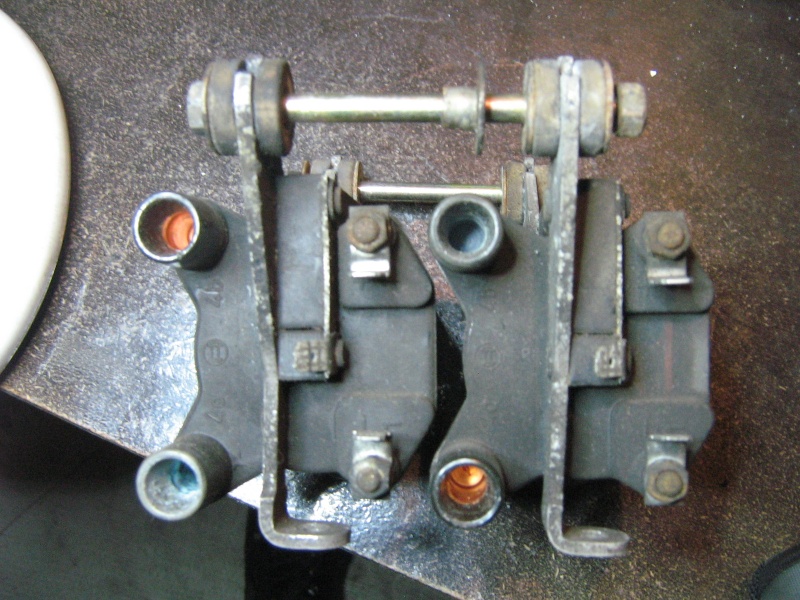MT350Explorer wrote:Hi Guys, My bike is vibrating across most of the rev range; when accelerating and even more so on engine braking. The only spot where there are not vibes is around 3500-4000.
I have not checked valve clearances (partly because remedying them if they are out on a 16 valve looks truly intimidating for someone of my mechanical knowledge!) but also would they cause such a lot of vibration? Dave
Dave,
I'd like to toss a coupla things in to the mix regarding valve clearances and their effect on an engine: If valve clearances are
too loose they're not a terrible detriment nor contributing much to a poorly running engine which feels out of sync and is vibrating. Way out of spec, perhaps a bit but not to cause the running vibes you're describing. The old adage is that it's better to 'hear' your valves than not to; a slight valve clatter due to too wide a clearance is not a
really big deal in the scheme of things. The other direction on the scale isn't so good, however.
If they're
too tight within their specification this causes the valve to not fully come to rest on the seat, which they need to do for proper wicking of the heat into the larger area of the cylinder head and away from the relatively fragile exhaust valve face and seat - a heat sink of sorts. This is especially true on the exhaust side where there is obviously more heat generated. If left tight like that it will lead to premature valve & seat wear over the long run, but more
immediately, causing that or those particular cylinders to not generate their potential compression since the valve never closes entirely against the seat. This of course drags down the other cylinders as they're not all in sync and smoothly pumping as they should be, and this can cause a vibration.
With much too tight valves in one or more of the four cylinders, and loss of compression causing imbalance, the engine will always (at all rpm) feel quite sluggish and unwilling to rev properly, the idle will be lumpty, rumpty and irregular, like a tired, worn out old bomb.
A valve clearance check and subsequent adjustment is the first part of any proper tune up (or thorough diagnosis of an obviously imbalanced engine), followed by a check of the ignition components for proper spark/timing. Only then does the fuel mixture/TB or carbie balance get adjusted. But, having said that, a quick look-see if it's way out is not a bad place to start. You just have to consider the other items with some scrutiny. It's often easier to get out of the way what's not causing it first. The problem just might be found in that basic search.
In addition, these motors are incredibly susceptible to air leaks (especially within the post TB intake system), even with tiny cracks in the rubber components that aren't readily apparent. The bottom (and top) rubber intake sleeves and their air tightness is a very good place to start looking. At the base of 16V intakes, right on top of the aluminium cylinder head, are thin rubber O-rings set in a groove. Suspect them too. A few good squirts of your favourite combustible cleaner like carby or brake parts (or ether) as the engine idles, directed at the TBs and intakes to see if there's a noticeable change in the idle, up or down, will be a giveaway that there's an air leak. Some also use a gas like butane or propane - but not lit, of course!

Good luck and let us know how you go.


 16 valve vibration - advice on priorities please Sun Jun 17, 2012 8:08 am
16 valve vibration - advice on priorities please Sun Jun 17, 2012 8:08 am











 1988 K100RS SE/ABS
1988 K100RS SE/ABS






